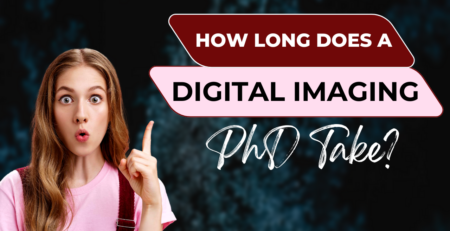Engineers use kirigami to make ultrastrong, lightweight structures
Kenfra Research2023-08-24T17:30:22+05:30Kirigami is an art form similar to origami, but it involves both folding and cutting paper to create intricate designs. In recent years, engineers and scientists have been exploring the application of kirigami principles to design and create innovative structures, materials, and devices. The combination of folding and cutting in kirigami allows for the creation of structures with unique mechanical properties that can be useful in various engineering applications.
One area where kirigami has shown promise is in the development of ultrastrong and lightweight structures. By strategically cutting and folding materials, engineers can create structures that are more flexible, adaptable, and resistant to mechanical stress.


Mechanical Flexibility: Kirigami structures can exhibit mechanical flexibility, allowing them to undergo deformation without experiencing significant damage. This flexibility can be especially useful in applications where structures need to withstand various forces and strains.
Stretchability: Kirigami designs can be engineered to stretch and expand, making them suitable for applications in soft robotics, wearable technology, and biomedical devices.
Energy Absorption: The intricate patterns in kirigami structures enable them to dissipate energy more effectively, which can enhance their ability to absorb impact forces and vibrations.
Origami-Inspired Engineering: Kirigami is often combined with origami techniques to create complex 3D structures from 2D sheets, providing a way to design and fabricate intricate shapes with lightweight materials.
Tunable Properties: By adjusting the geometry of the cuts and folds, engineers can fine-tune the mechanical properties of kirigami structures to meet specific requirements.

6. Aerospace and Automotive Applications: The lightweight and strong properties of kirigami structures make them potentially valuable for aerospace and automotive applications, where weight reduction is critical for fuel efficiency and performance.
7. Solar Panels and Energy Storage: Kirigami techniques can be applied to flexible materials used in solar panels and energy storage devices, enabling them to adapt to different conditions while maintaining efficiency.
8. Architectural and Structural Design: The principles of kirigami can also be explored in architectural and structural design, creating innovative building facades, deployable structures, and more.
Research in this field is ongoing, and scientists are exploring a wide range of materials, including polymers, metals, and composites, to develop kirigami-inspired structures for various applications. The goal is to harness the principles of kirigami to optimize material usage, improve mechanical properties, and create functional structures that were previously challenging to achieve using traditional engineering methods.
It’s important to note that the application of kirigami principles to engineering is a complex and interdisciplinary field that involves elements of mechanics, materials science, mathematics, and design.










Leave a Reply